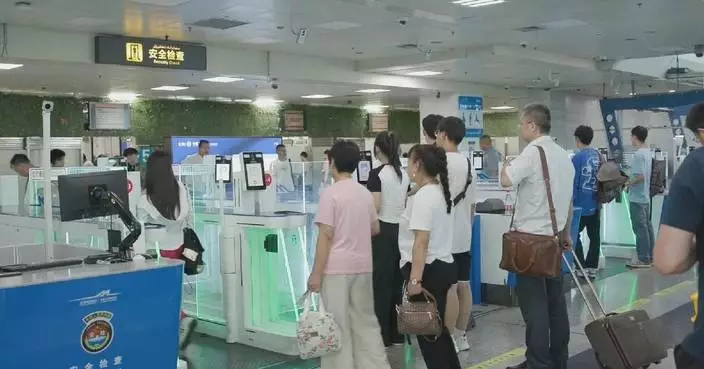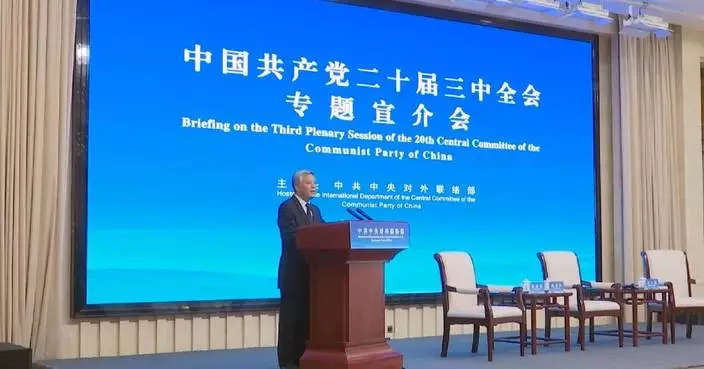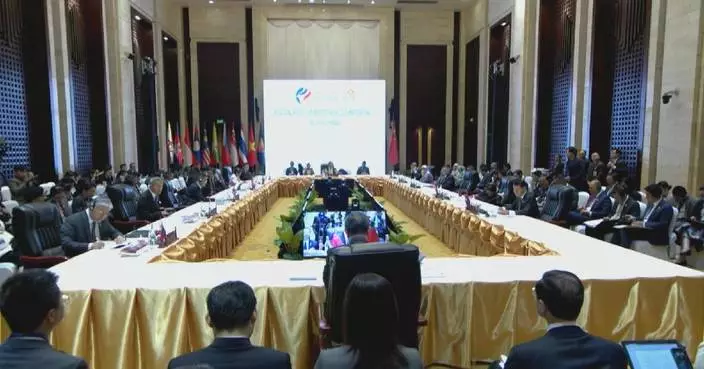Tourism plays a crucial role in fostering mutual understanding and cooperation between China and the United States, said the World Tourism Alliance (WTA) vice chairman while attending the 14th China-U.S. Tourism Leadership Summit.
Nearly 200 participants attended the event held in Xi'an City in northwest China's Shaanxi Province on Wednesday, including government officials from the U.S. Department of Commerce, representatives from local tourism authorities, and executives from leading travel agencies. The forum reconvened after a five-year hiatus since the last edition, following the positive momentum established during U.S. Secretary of State Blinken's visit to China in April.
Adam Burke, president of the Los Angeles Tourism Convention Board, also the vice chairman of the WTA, discussed achievements of the summit and ties between China and the U.S. in an interview with China Global Television Network (CGTN).
By promoting cultural exchange and economic collaboration, tourism is helping both nations move forward together despite broader tensions in other fields, Burke said.
"Despite some of the challenges politically between the U.S. and China, tourism has always been the bridge. The people-to-people and cultural exchanges has been a way to find common ground, going all the way back to the 1970s with the Nixon administration. The second thing is to really understand, what are the pain points. What are the things that may be inhibiting recovery both ways? I think that's one of the reasons why these types of dialogues are so important," he said.
Burke also expounded upon the latest trends in the tourism industry, especially after the COVID-19 pandemic.
"There's been a shift in consumer sentiment. I think this was a foundational change because of the pandemic. If you look back prior to the pandemic, travel was often viewed as a discretionary purchase. What we've seen around the world is that most consumers have moved it out of the discretionary category into an essential purchase. So, I think it's not about travel intent. I think, first of all, we're hard-wired to want to explore the world around us. One of the things I found fascinating, there were actually psychological studies done that showed that not being able to travel is actually creating depression, and even thinking about planning a trip elevated mood. So there's something really, deeply embedded in our humanity about the need to travel," said the WTA vice chairman.
Noting that WTA member organizations help address poverty alleviation, sustainability and climate change, Burke Burke underscored the power of tourism to empower communities.
The summit also saw the announcement of three groups of China-U.S. tourism partner cities, along with the achievements of a series of agreements in city-to-city cooperation, trade, and cultural exchanges. Burke emphasized the importance of these developments by noting the special relationship between Los Angeles and Guangzhou that was built 43 years ago, marking one of the first sister-city relationships between major cities of China and the United States not long after the two countries established diplomatic ties.
"I think the biggest thing is recognized that for over 60 years, Los Angeles and Guangzhou have had a sister city relationship. Chinese Americans first settled in Los Angeles in the 1850s. We're talking about two centuries worth of history between our peoples. Part of the reason I'm so optimistic about the future is we've been through challenging times before, but it's through the power of tourism and these types of conversations and dialogue that we always find a common path forward," he said.
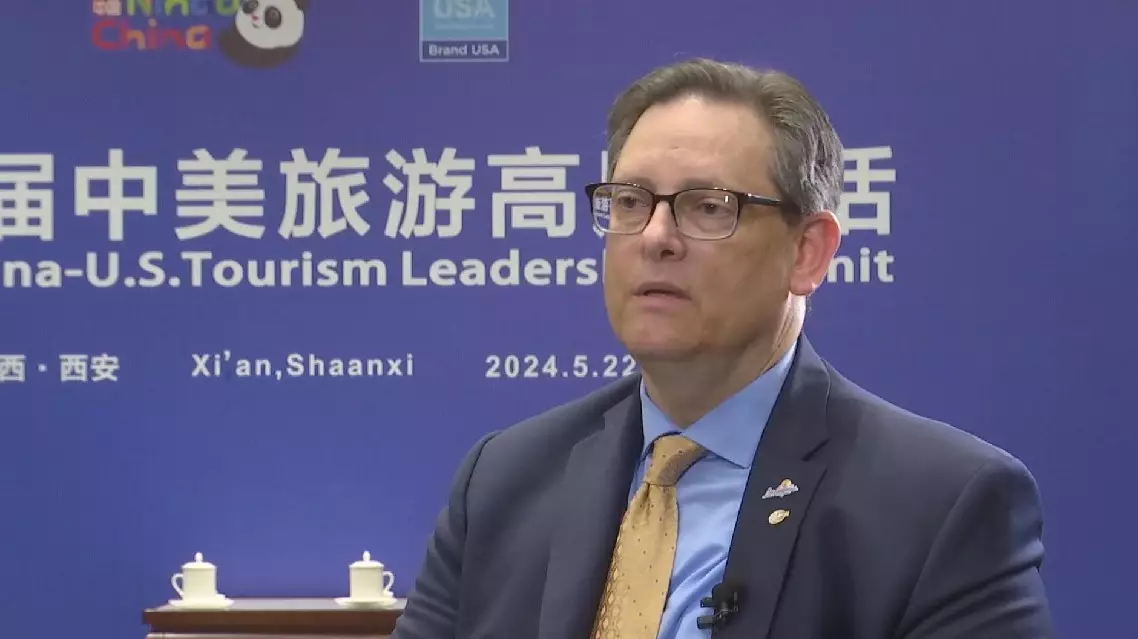
Tourism serves as bridge for advancement of US-China exchanges: WTA vice chairman
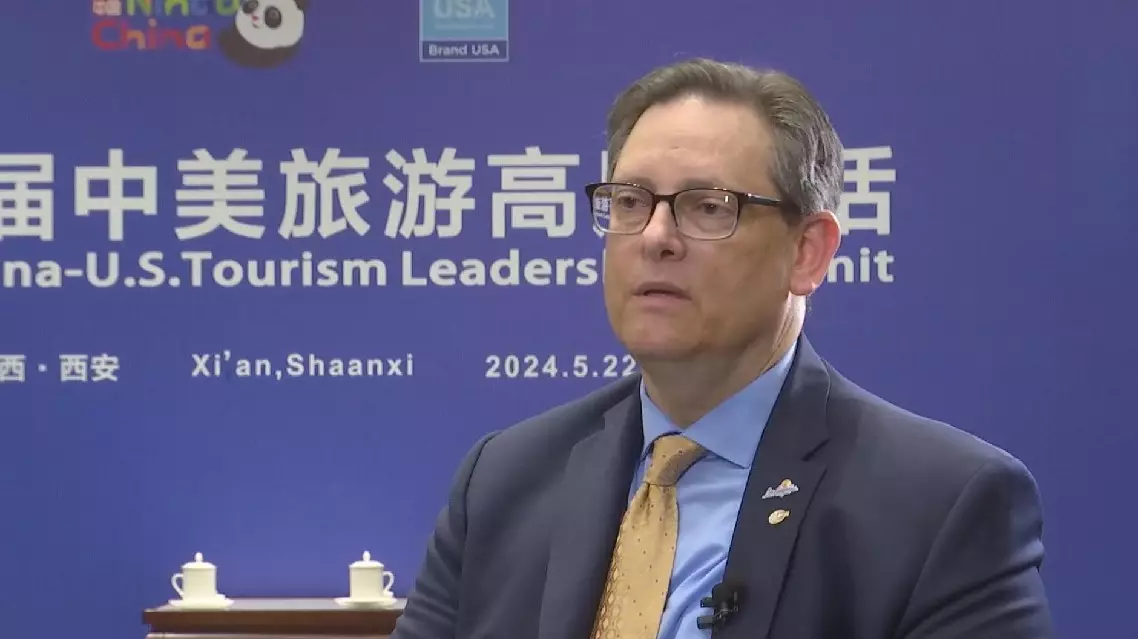
Tourism serves as bridge for advancement of US-China exchanges: WTA vice chairman





